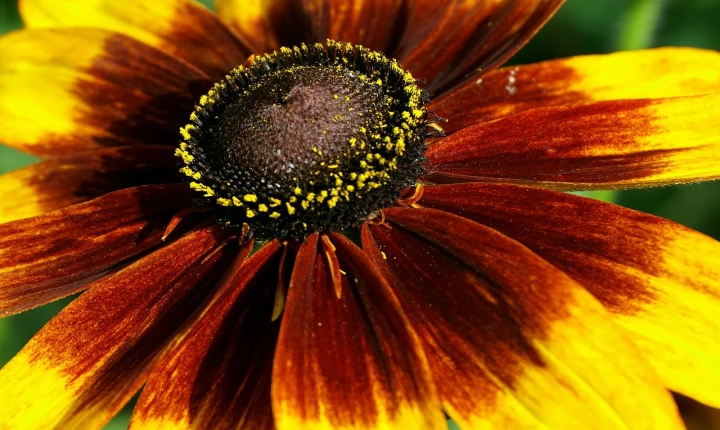Converting a non-AI lens to an AI lens can be a great way to expand your lens collection and make older, manual focus lenses compatible with newer Nikon cameras. This process, while not without some challenges, can be a rewarding way to breathe new life into classic lenses and take advantage of their optical qualities with modern camera technology.
In this article, we’ll explore the steps involved in converting a non-AI lens to an AI lens and discuss the benefits and considerations of doing so.
What is an AI lens?
Before we dive into the conversion process, let’s take a moment to understand what an AI lens is. AI, which stands for “Automatic Maximum Aperture Indexing,” is a feature in Nikon lenses that allows the camera to communicate the maximum aperture of the lens to the exposure meter. This feature was introduced in the 1970s and has become a standard in modern Nikon cameras. Non-AI lenses lack this feature and require manual input of the maximum aperture for proper exposure metering.
Converting the lens
Converting a non-AI lens to an AI lens involves modifying the lens aperture ring to include the AI coupling ridge, which enables the lens to communicate its maximum aperture to the camera. It’s important to note that this process requires precision and care, as any mistakes can potentially damage the lens.
Here are the general steps involved in converting a non-AI lens to an AI lens:
1. Disassembly: Begin by disassembling the lens to access the aperture ring. Carefully remove any screws or components that are obstructing the aperture ring.
2. Cutting and filing: Using a cutting tool and fine file, create the AI coupling ridge on the aperture ring. This ridge is a small metal tab that fits into the camera’s AI coupling slot, allowing the camera to read the maximum aperture of the lens.
3. Reassembly: Once the modification is complete, carefully reassemble the lens, ensuring that all components are properly aligned and secured.
Considerations and cautions
Converting a non-AI lens to an AI lens requires technical skill and precision. It’s important to note that this process may require a high degree of craftsmanship and may not be suitable for everyone. Improper modifications can damage the lens, rendering it unusable.
Additionally, some non-AI lenses may not be suitable candidates for conversion due to their design and construction. Certain lenses may have internal components or mechanisms that make modification impractical or impossible. It’s essential to thoroughly research and understand the specific lens model before attempting any modifications.
Benefits of converting to an AI lens
Converting a non-AI lens to an AI lens can open up a world of possibilities for photographers. Once converted, the lens becomes compatible with modern Nikon cameras, allowing for seamless integration and exposure metering. This can breathe new life into classic lenses and provide photographers with a wider selection of lenses to choose from.
Furthermore, many vintage lenses are prized for their unique optical characteristics and build quality, and converting them to AI lenses can help photographers take full advantage of these qualities with modern camera technology.
Conclusion
Converting a non-AI lens to an AI lens can be a rewarding endeavor for photographers who are looking to expand their lens collection and make use of classic manual focus lenses with modern Nikon cameras. However, it’s important to approach this process with caution and precision, as improper modifications can damage the lens.
Before attempting any conversions, thorough research and understanding of the specific lens model are crucial to ensure a successful outcome. With the right skills and knowledge, converting non-AI lenses to AI lenses can be a fulfilling way to blend vintage lens craftsmanship with contemporary photography.
